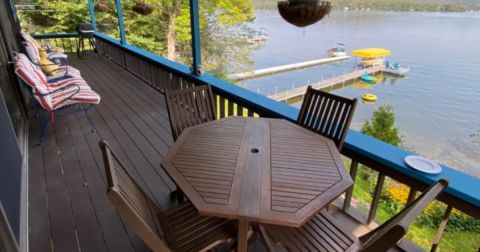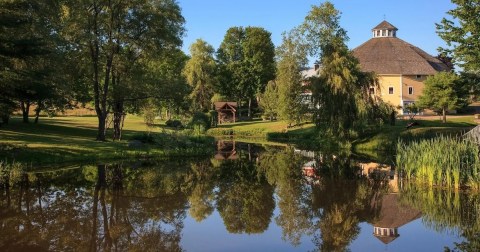The Longest Tunnel In Vermont Has A Truly Fascinating Backstory
Vermont’s longest tunnel was constructed way back in 1860. It is truly a feat of engineering, determination, and hard work. Here is the fascinating backstory of the Burlington Tunnel or as some call it, The North Avenue Rail Tunnel.
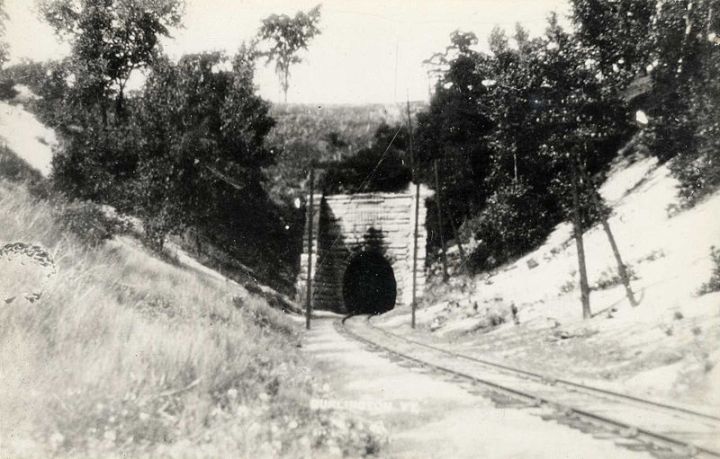
The tunnel cuts through a sandy ridge that was formed from loose sand blown off the eastern shore of Lake Champlain. The sand was 75-80 feet deep and made the construction of the railroad tunnel very challenging. Almost 700,00 feet of lumber was used to brace the digging effort. Crews were split into two teams that each worked 12-hour shifts to speed up the excavation and construction of the tunnel.
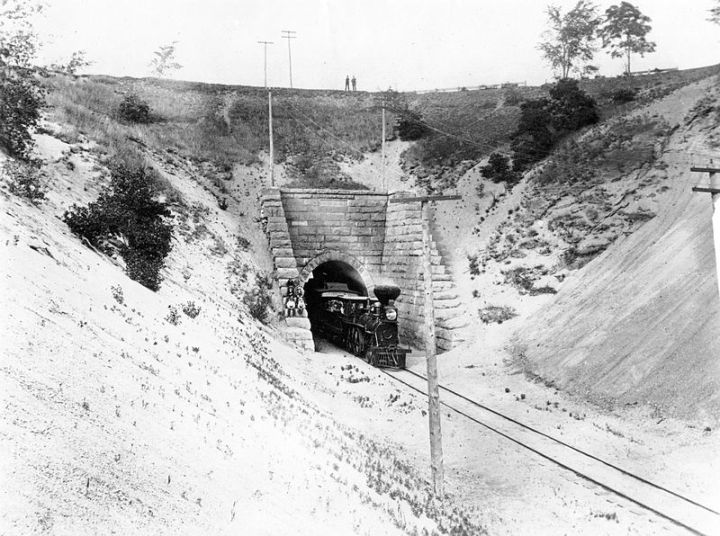
Making it even more difficult, most of the building took place during the winter where temperatures were challenging. It's hard to believe that this massive undertaking was completed so quickly.
Advertisement

In the early 20th century, up to 11 passenger trains would go through the tunnel every day. By the time the 1930s rolled around, that number had decreased to one. The very last passenger train rode the rails through the tunnel in 1938. Today only freight trains use the passageway.
Advertisement
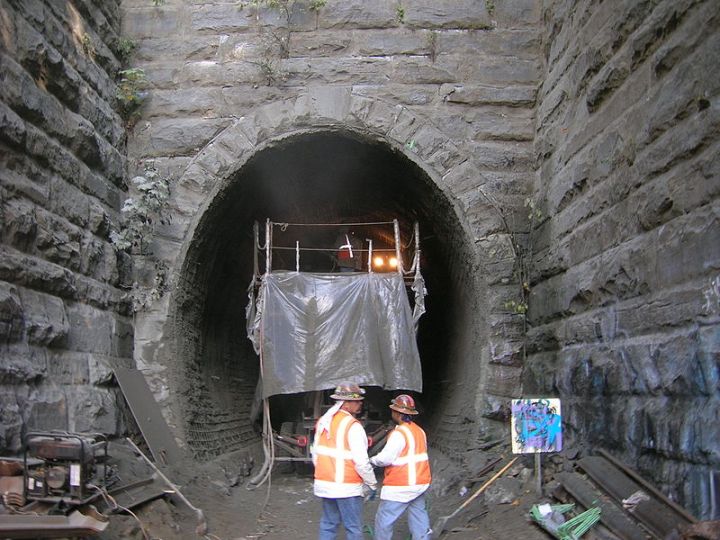
In addition to the resurfacing, new track was laid, and the tracks were lowered to offset the 6-inch shotcrete layer. The project cost approximately $1.2 million to complete.
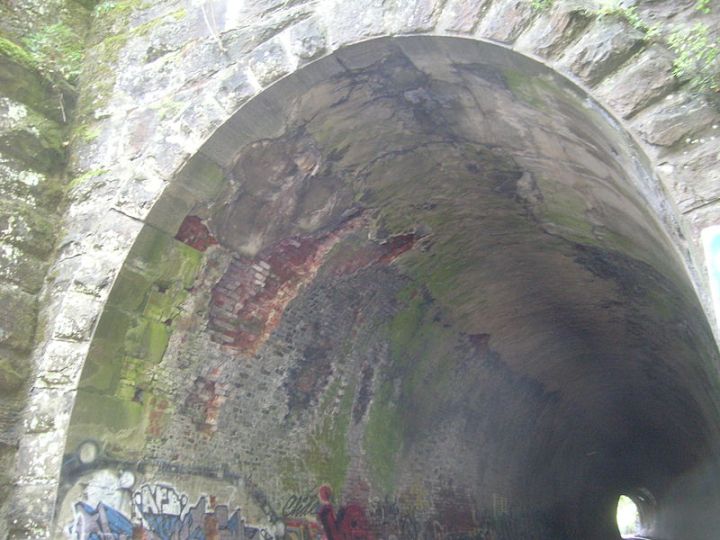
Did you know the story behind Vermont’s longest tunnel? Many former railroads are now being converted into beautiful scenic walking and biking paths. Check out this stunning rail trail with spectacular views.
OnlyInYourState may earn compensation through affiliate links in this article. As an Amazon Associate, we earn from qualifying purchases.


